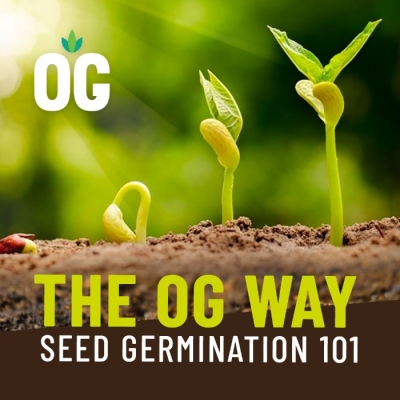1. Learn When to Harvest
If you are growing your cannabis plants outdoors, you will need to take the strain type and the time of year into consideration. However, if you are growing indoors, you will need to take the colour of the bud’s resinous trichomes that contain the THC into consideration. The best way to allocate and track the colour change is to use a small microscope, magnifying glass, or jeweller’s loupe.
If they are still clear and translucent in colour, your flowers are still immature. If the trichomes are mostly amber in colour, this indicates stronger potency and will give you a more “stoned” high. The best time to harvest is when the trichomes have a cloudy, milky white appearance, and have started turning reddish, brown, or amber in colour.
This occurs because your cannabis plant no longer needs water as a nutrient. From this point on you have roughly a window of five to seven days to harvest your cannabis bud. A good indicator before starting your harvest is to wait until half of the buds have turned an amber colour.
Read more about timing in When to Harvest for Optimal Potency.
2. Consider the Environment
When you have started prepping to trim and harvest your marijuana plant, it is essential to consider the environmental conditions of the room in which you are harvesting and drying. For optimum results, it is important to have a dry room with good air circulation.
You should ensure that you keep the room at around 21 degrees Celsius and free from any moisture to ensure your cannabis bud is of the best possible quality. It is also key to harvest in dark conditions because any direct light could allow your plant to draw up stored nutrients from its roots.
3. Flush Away the Nutrients
Many cannabis growers and harvesters prep their plants by “flushing” out any unwanted nutrients. This process usually starts two weeks before the harvest. You simply flood the medium with a substantial amount of water until the nutrient build-ups are broken down. The first water flush simply dissolves the salts, and the second flushes any nutrient build-up out. Overwatering the medium will also help you during the harvesting process.
Several days after you have flushed out the nutrients, your cannabis plant leaves will change in colour. They will turn from a dark green colour to a light green to yellow colour, indicating the ripeness of your bud.
4.Trim According to the Strain
It is important to note that different strains of cannabis require different types of trims. Start by removing all the large fan leaves. Then trim off the tips of the leaves that are around the buds a week prior to harvest.
The next step is to trim all of the remaining leaves that are not associated with the buds, followed by the ones that are associated with them. Gently turn these over in order to cut away at the marijuana plant's stem. It is important to ensure you are careful during this process to prevent any damage to the bud.
5. Allow Time to Dry
The next step in the harvesting process is to slowly and consistently dry out the cannabis plant. Even though you have cut your plant down, technically it is still alive due to water remaining in its system. After the plants are trimmed and harvested, you need to hang them upside down, ensuring plenty of airflow.
It is recommended to hang your marijuana for 5 to 7 days at a room temperature of 21 degrees Celsius with 50% humidity. Your cannabis should be drying during this phase. The cannabis buds have completed the drying phase when the stems snap when bent rather than just folding.
6. Patience is a Virtue.
Growing and harvesting is a precise and often drawn-out process. It is important to stay patient. Remember that if these tips are followed, it will be worth it. In the end, you will be able to consume your preferred substance. Our cannabis seeds catalog caters to your every possible desire. Go ahead and get your hands on some seeds now.
Stay tuned for our next article about drying and curing your cannabis buds. This next stage is crucial and when done right adds to the smoothness and taste of your buds.




